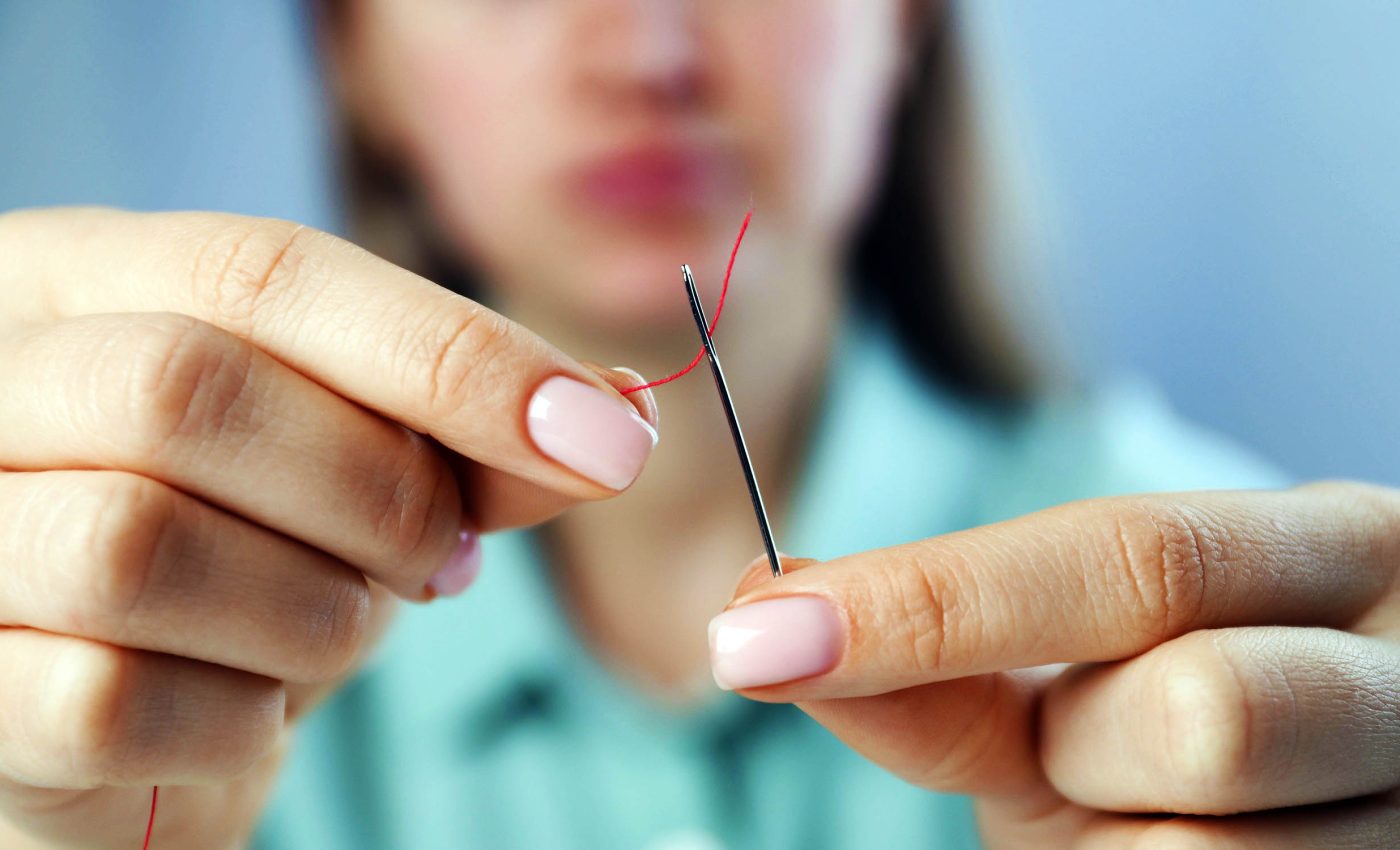
Fashion history was forever altered by the tiny eyed needle 40,000 years ago
Have you ever thought about why we wear clothes? Yes, they keep us warm and maintain our modesty, but there’s even more to it than that. The story of clothing is as fascinating as human history itself. Surprisingly, the tiny one-eyed needle became a key component in fashion.
Evolution of clothing
Imagine early humans taking shelter in caves, using tools to prepare animal hides. These garments weren’t about fashion; they were purely for survival.
Ancient humans donned clothing solely to protect themselves from the environment, putting it on or removing it as necessary.
Dr. Ian Gilligan, an archaeologist from the University of Sydney, sheds light on this phenomenon.
“Why do we wear clothes? We assume that it’s part of being human, but once you look at different cultures, you realize that people existed and functioned perfectly adequately in society without clothes,” Dr Gilligan says.
“What intrigues me is the transition of clothing from being a physical necessity in certain environments, to a social necessity in all environments.”
Interestingly, about 40,000 years ago, the revolutionary eyed needle was invented. This invention changed not only the way we dressed, but also our perceptions.
Impact of the eyed needle on fashion
The introduction of the eyed needle in the fashion world marked a significant milestone in human development.
Dr. Gilligan and his team propose a remarkable theory: these needles weren’t merely for sewing – they were the starting point of our modern fashion sense.
“Eyed needle tools are an important development in prehistory because they document a transition in the function of clothing from utilitarian to social purposes,” says Dr Ian Gilligan.
Why were these needles such a game-changer? While bone awls could create fitted clothing, eyed needles allowed for intricate designs and embellishments.
Suddenly, garments served as a medium for self-expression rather than just protection from the cold.
When eyed needles changed fashion
You may wonder why our ancestors began to adorn their outfits with decorations. The answer lies in the harsh conditions of the last ice age.
“We know that clothing up until the last glacial cycle was only used on an ad hoc basis. The classic tools that we associate with that are hide scrapers or stone scrapers, and we find them appearing and going away during the different phases of the last ice ages,” Dr Gilligan explains.
Picture living in a world where showing off body paint or scars was impossible due to extreme cold. What could early fashion-conscious individuals do?
The solution was simple: if they couldn’t embellish their bodies, they would embellish their clothes with instead.
And just like that, fashion as we know it was born. Clothing transitioned from a basic need to a means of standing out, belonging, and expressing individuality.
Fashion’s impact on societies
The invention of eyed needle and resulting fashion revolution didn’t just influence aesthetics; it reshaped human societies on a fundamental level.
Equipped with warm, decorated clothing, humans could now expand into colder regions, leading to the formation of larger, more sophisticated communities.

Shared clothing styles became a way to identify with one’s community, promoting cooperation and social unity.
Additionally, the skills associated with clothing production and embellishment contributed to a more sustainable way of life, enhancing the survival and prosperity of human societies.
Who could have guessed that a touch of prehistoric flair would have such far-reaching effects?
Psychological influence of clothing
In modern times, being clothed is a universal norm regardless of climate. This commonplace practice of covering up has brought about profound psychological changes in how we perceive ourselves and our environment.
Dr. Gilligan’s future research aims to delve deeper into this fascinating area.
“We take it for granted we feel comfortable wearing clothes and uncomfortable if we’re not wearing clothes in public. But how does wearing clothes impact the way we look at ourselves, the way we see ourselves as humans, and perhaps how we look at the environment around us?” wonders Dr. Gilligan.
These questions open up a new dimension in our conception of fashion. It’s not just about what we wear, but how what we wear shapes our identity.
Looking ahead in fashion world
Considering the future, it is clear that fashion will continue to evolve and shape our cultures. From sustainable materials to smart fabrics and beyond, the possibilities are vast.
However, fashion will likely continue to fulfill the same fundamental roles it has for centuries: protection, expression, and forging connections.
So the next time you don your favorite outfit, pause to appreciate the rich history behind it. From simple animal hides to intricate designs, from survival gear to social statements, our clothes narrate a tale as old as humanity itself.
And who knows? In another 40,000 years, researchers will all be dissecting the meaning of skinny jeans and what it says about our civilization.
One thing is for sure — this tale of fashion continues to unravel with all of us playing a part in carving its future chapters.
The study is published in the journal Science Advances.
—–
Like what you read? Subscribe to our newsletter for engaging articles, exclusive content, and the latest updates.
Check us out on EarthSnap, a free app brought to you by Eric Ralls and Earth.com.
—–














